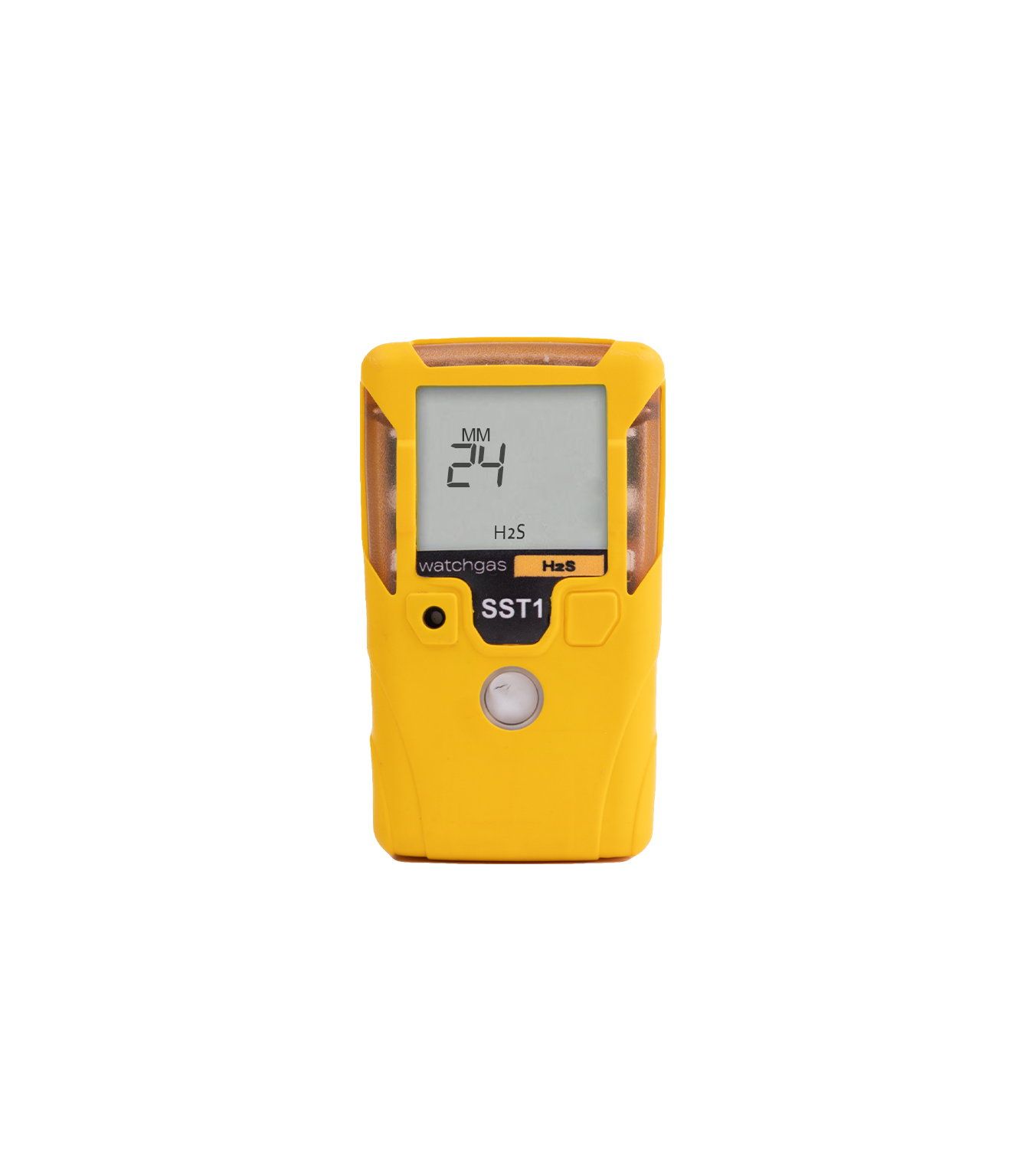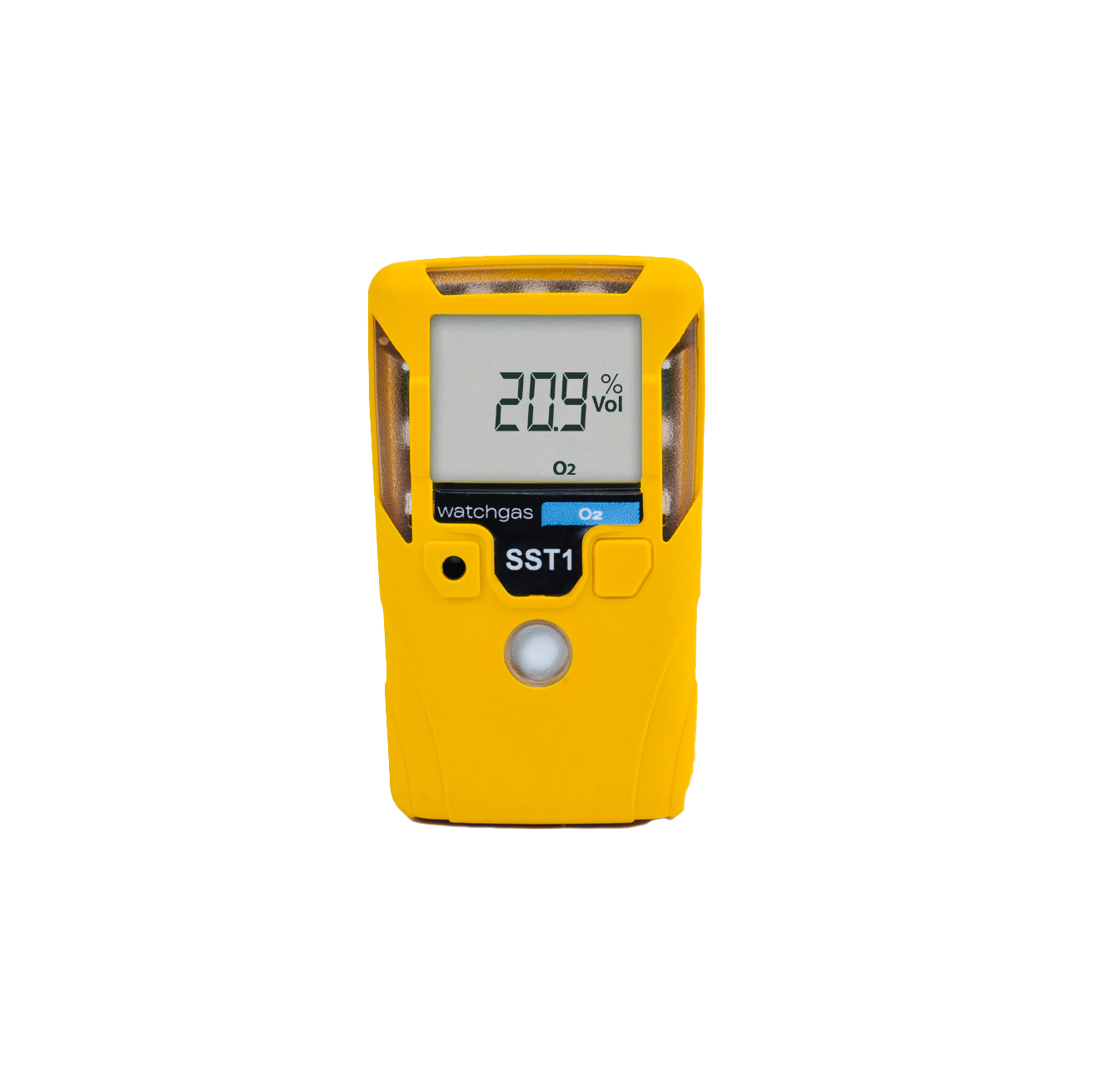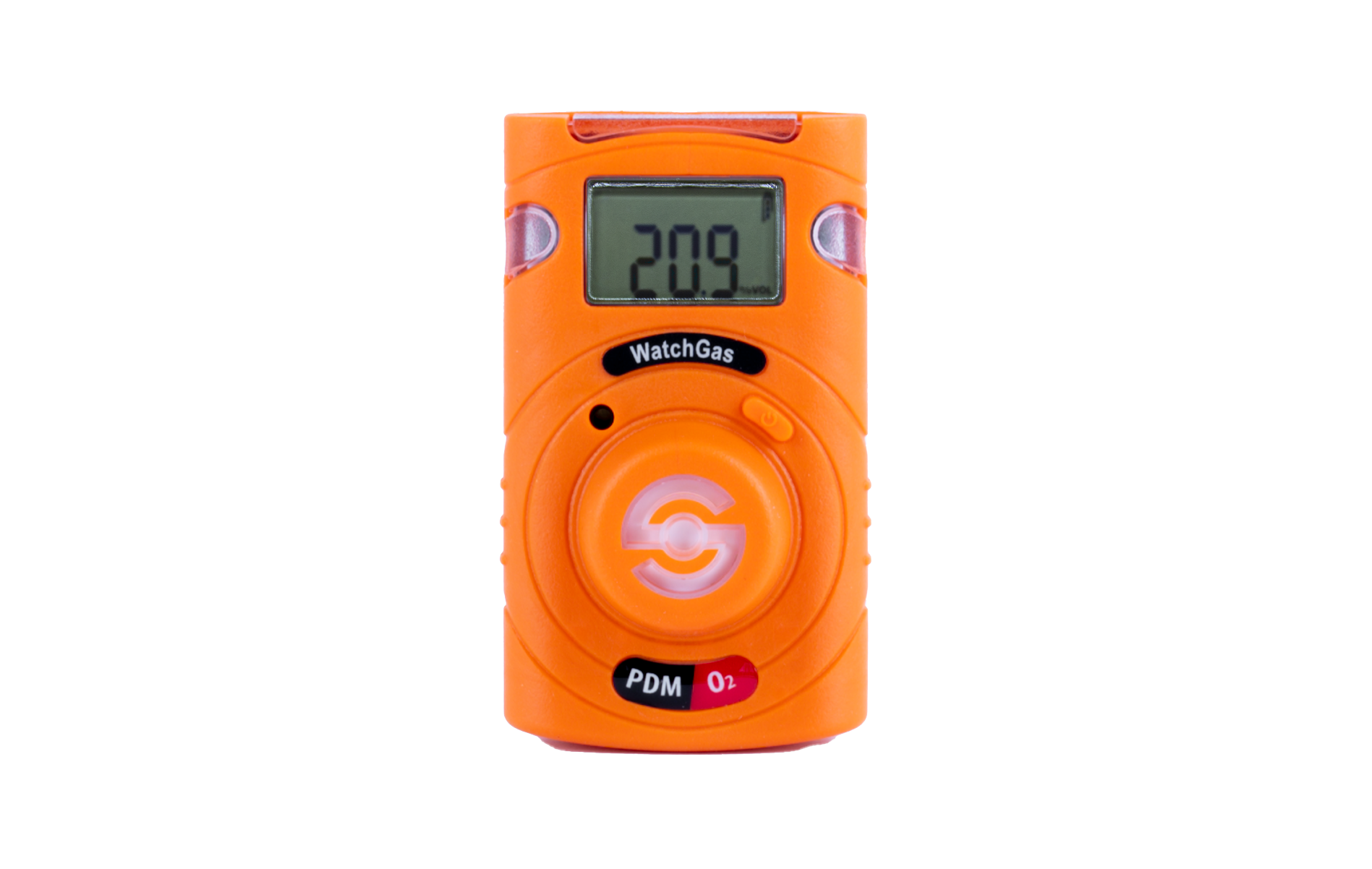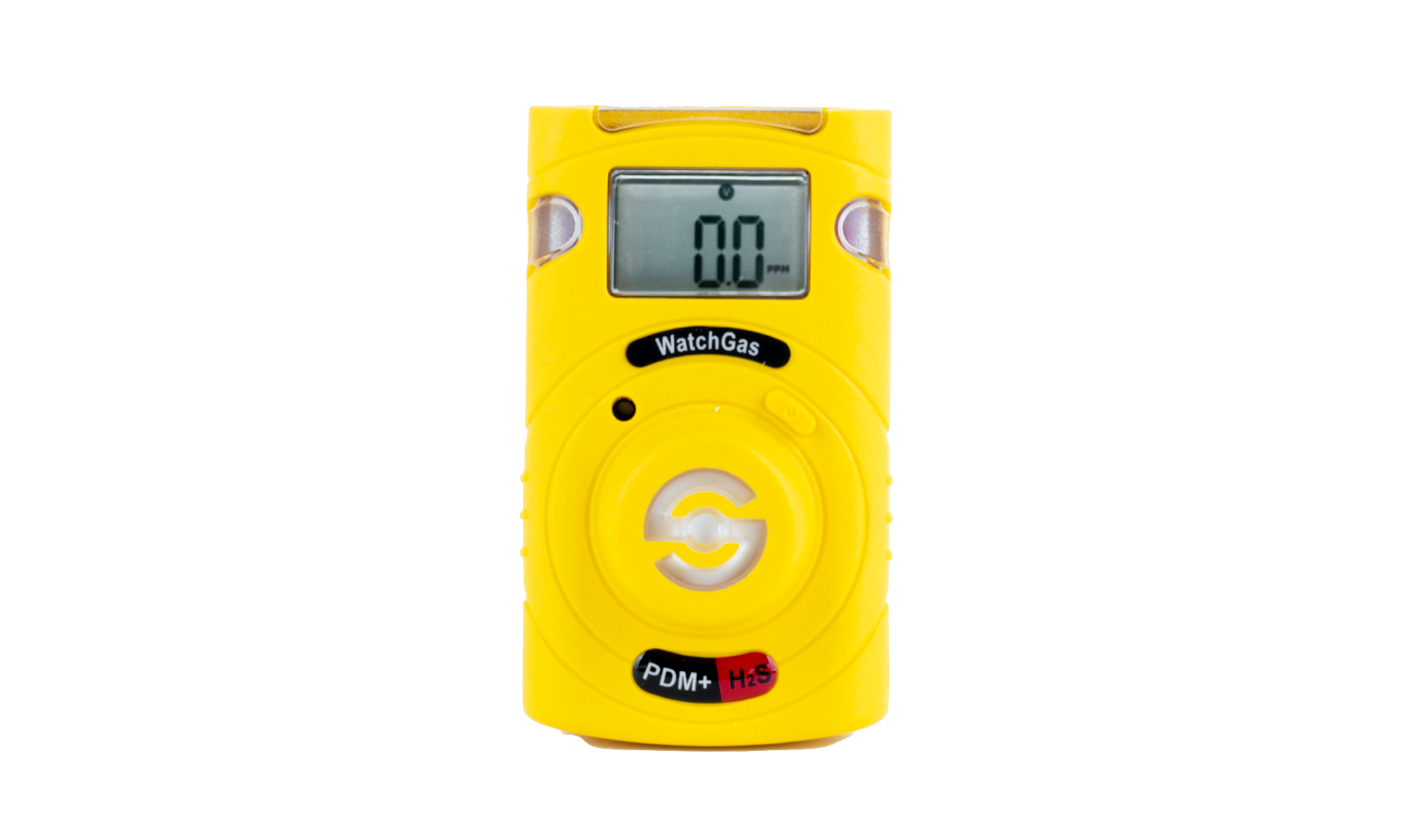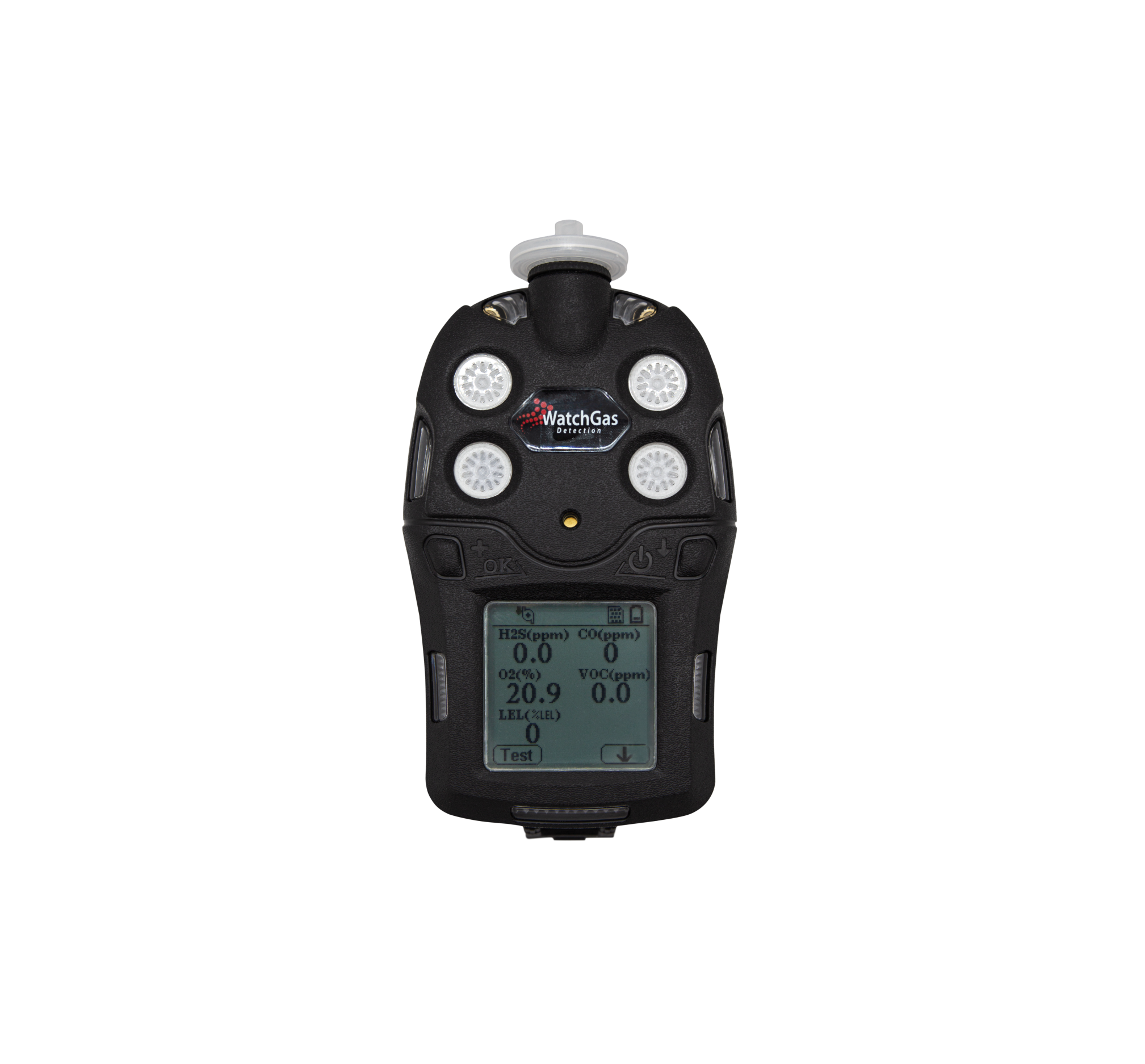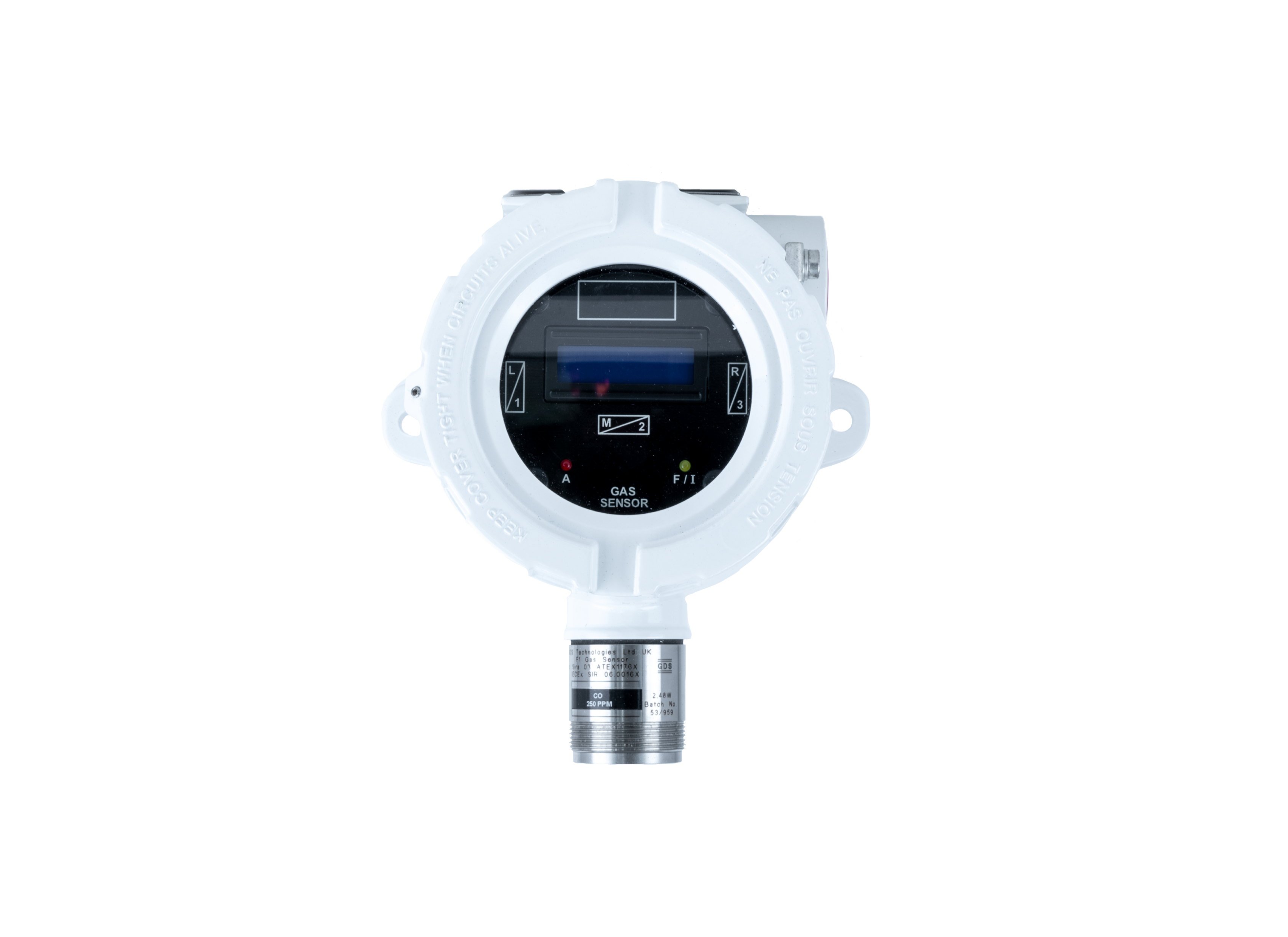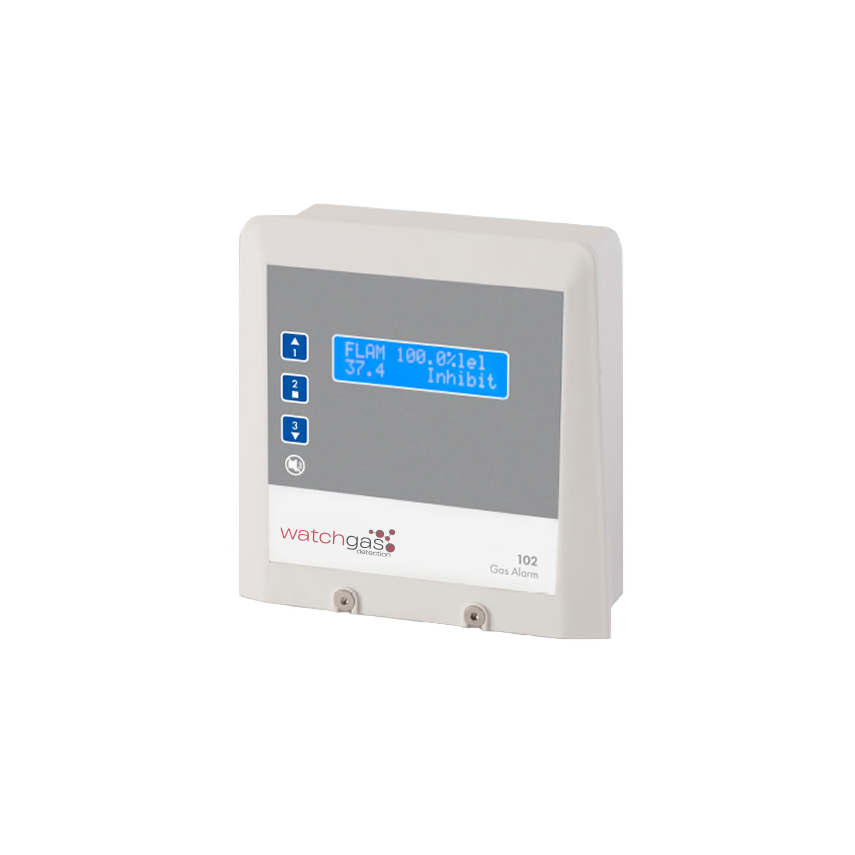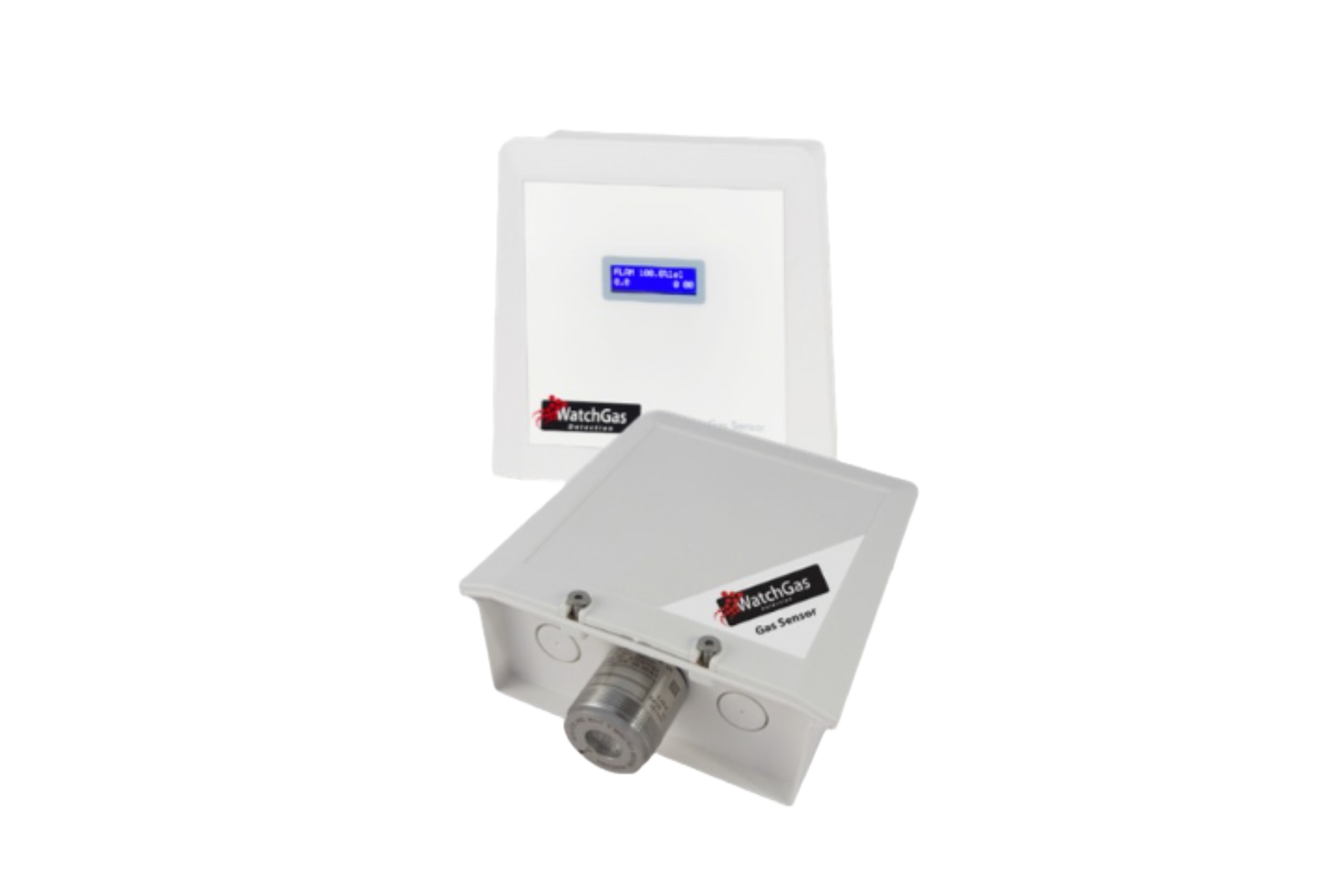Carbon Monoxide (CO)
Carbon monoxide (CO) is a colourless, odourless, and tasteless flammable gas slightly less dense than air. It is toxic to animals that use haemoglobin as an oxygen carrier (both invertebrate and vertebrate) when encountered in concentrations above about 35 ppm. However, it is also produced in normal animal metabolism in low quantities and is thought to have some normal biological functions. In the atmosphere, it is spatially variable and short-lived, having a role in forming ground-level ozone.
Carbon monoxide effects on health
The most common symptoms of CO poisoning are headache, dizziness, weakness, upset stomach, vomiting, chest pain, and confusion. CO symptoms are often described as “flu-like.” If you breathe in a lot of CO it can make you pass out or kill you. People who are sleeping drunk can die from CO poisoning before they have symptoms.
Carbon monoxide is produced when fuels such as gas, oil, coal, and wood do not burn fully. Burning charcoal, running cars, and the smoke from cigarettes also produce carbon monoxide gas. Gas, oil, coal, and wood are sources of fuel used in many household appliances, including:
- boilers
- gas fires
- central heating systems
- water heaters
- cookers
- open fires
CAS-Number: 630-08-0
Compatible products
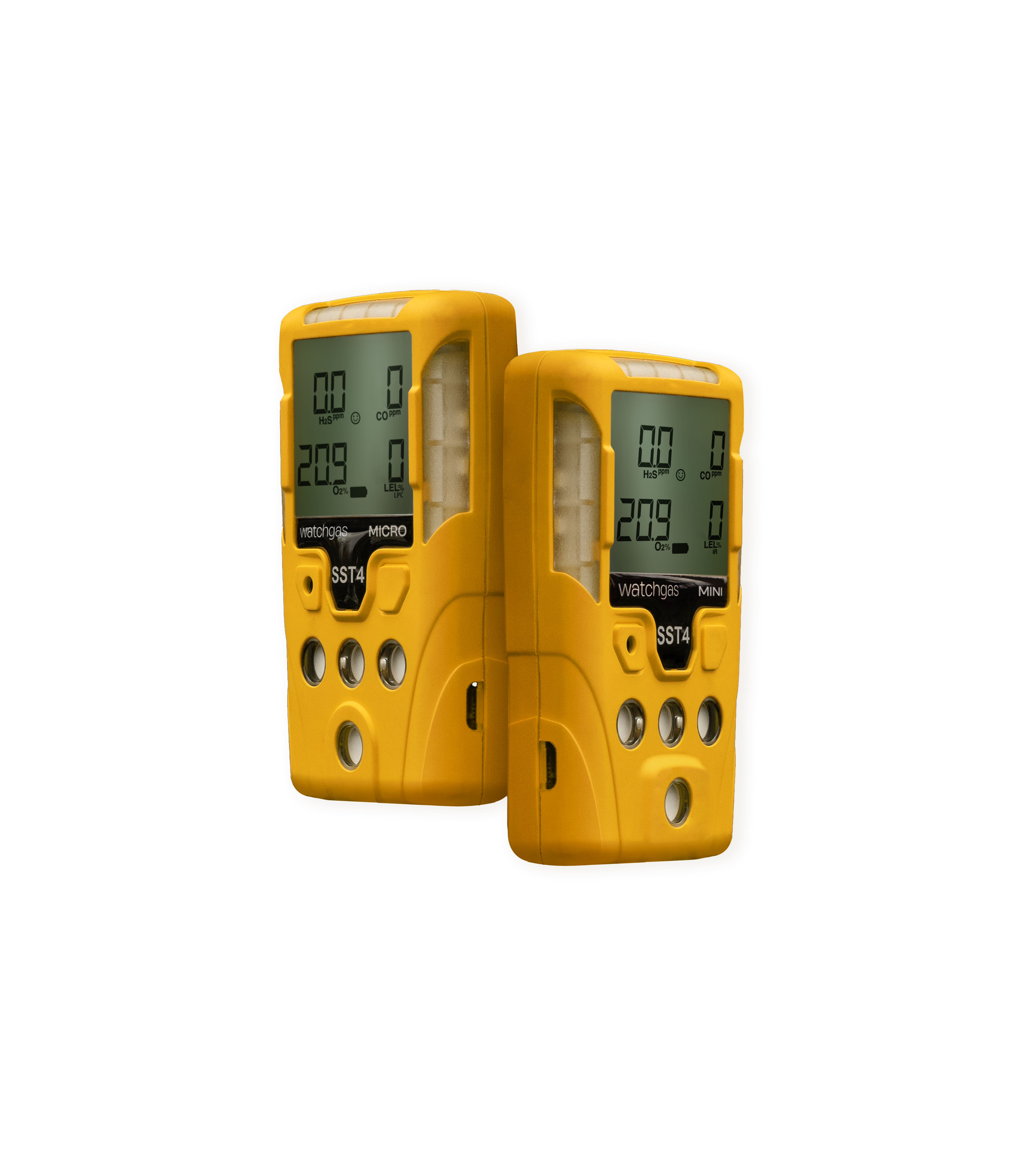
-
Wireless charging
-
NFC
WatchGas SST4 Micro & Mini 
The WatchGas SST4 Micro and SST4 Mini are compact, rugged multi-gas detectors built for demanding industries. Combining advanced sensor technology with robust design, they provide reliable protection against multiple hazardous gases while ensuring maximum uptime and ease of use.
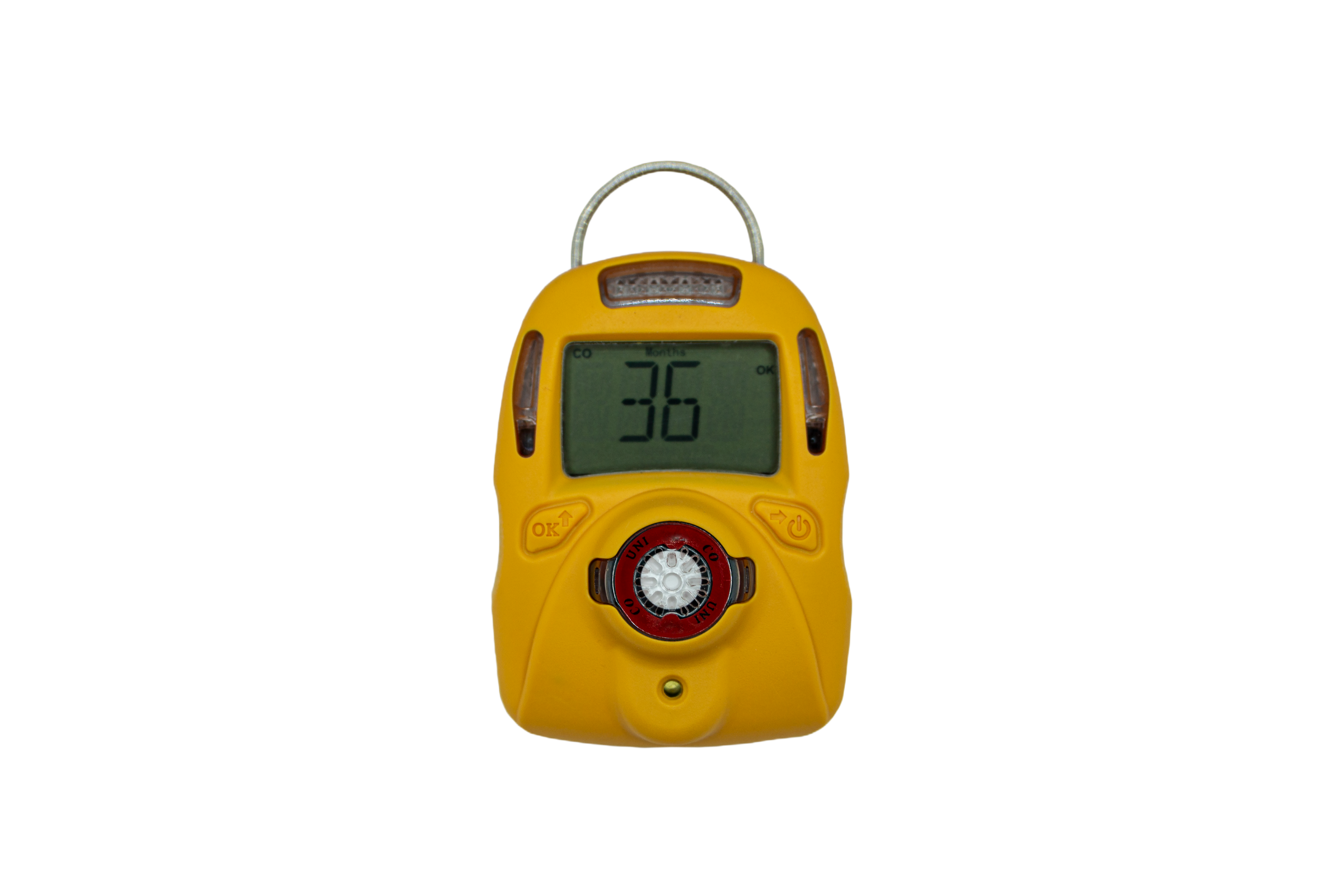
-
Low costs of Ownership
-
Single gas
WatchGas UNI Disposable 
The UNI Disposable is a disposable and low cost of ownership, version of UNI Sustainable single gas detector. It detects H2S (Hydrogen Sulphide), CO (Carbon Monoxide), and O2 (Oxygen) in your selection of models for operation life of 12-months and 36-months.
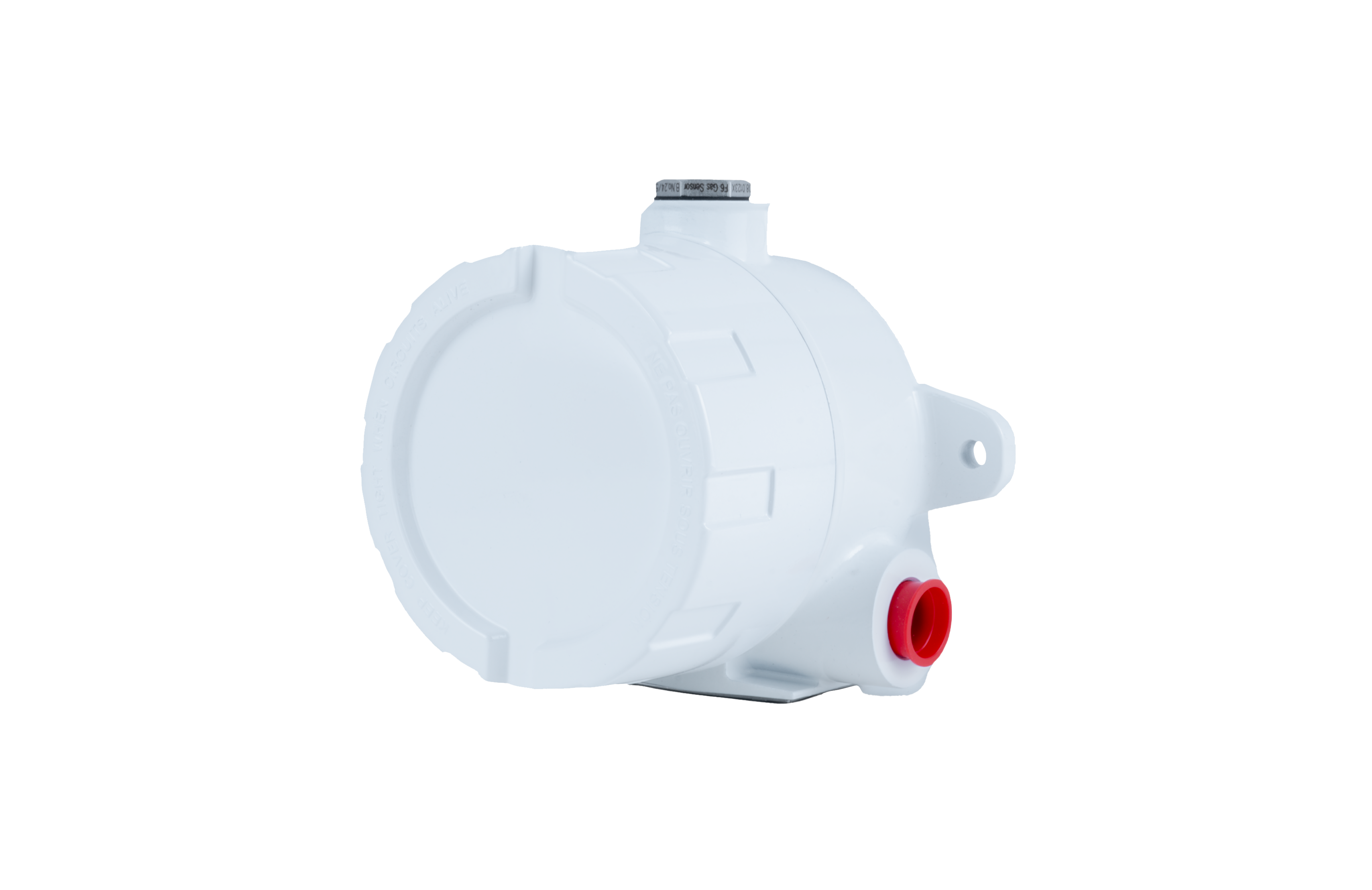
-
Wide range of sensors
-
Versatile
WatchGas XDI 
The XDI-F1 Gas Sensor is capable of utilizing a wide range of sensor cell types offering an unmatched number of gases that may be monitored. Standard 4~20mA signaling with CANbus address enables the sensors to be networked via the WatchGas Combi control system or customer preferred monitoring systems.
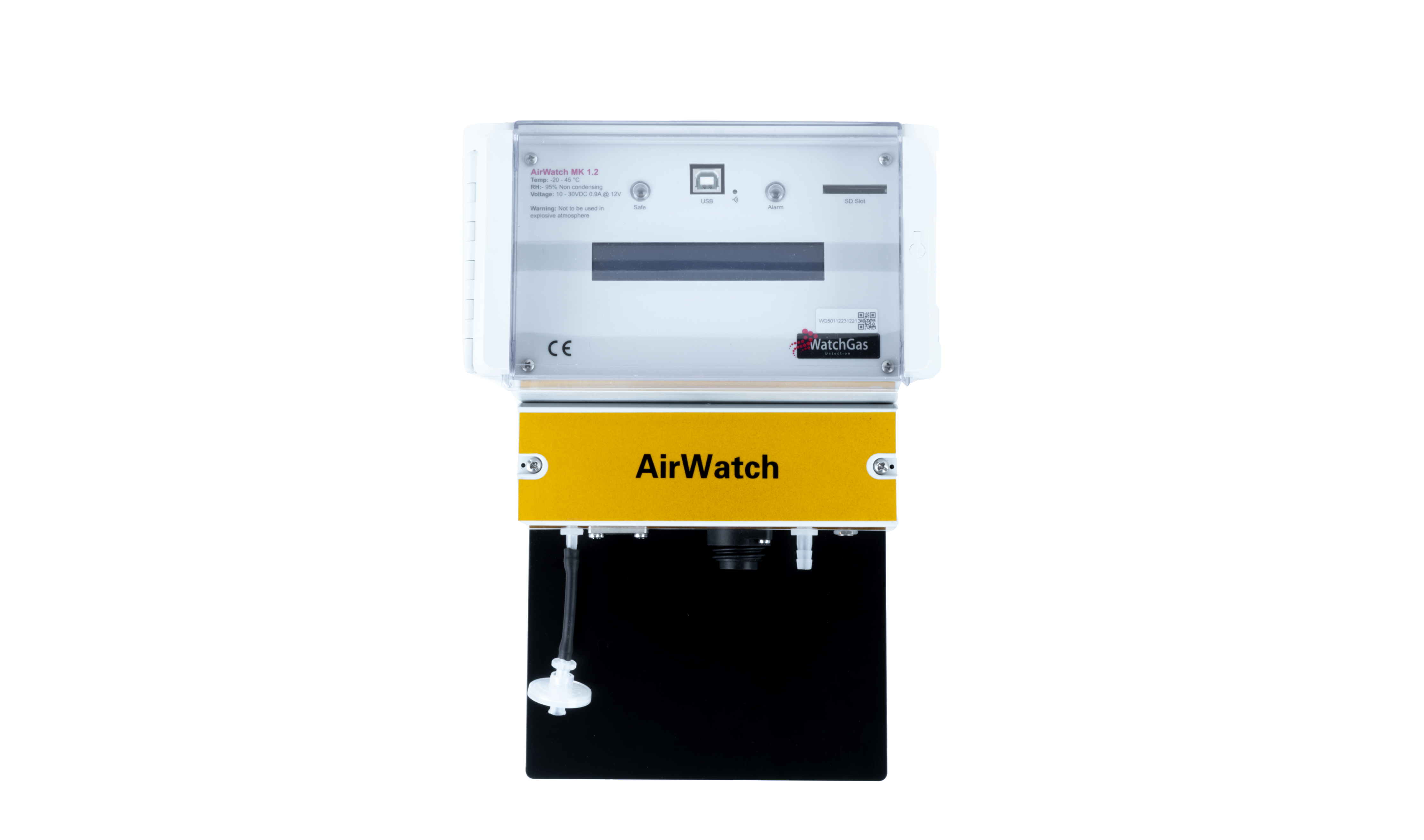
-
Safe area solution
-
Transportable
WatchGas AirWatch Mk1.2 
The AirWatch is your safe area solution for the monitoring of various gases. Based on the measurement values and alarms, equipment is switched on or off, data is logged and optionally employees are remotely informed of the gas concentrations present.







